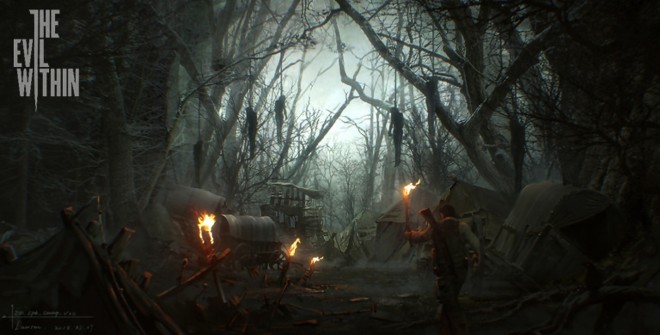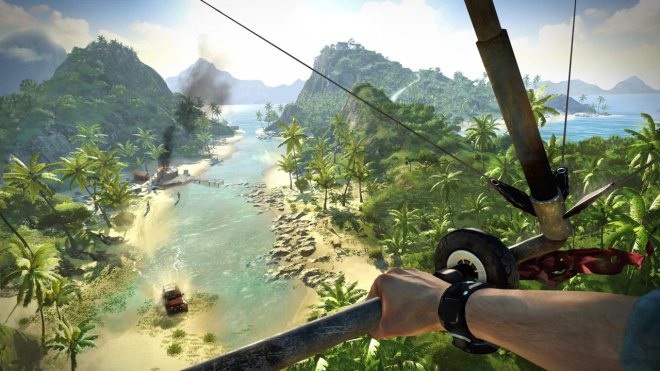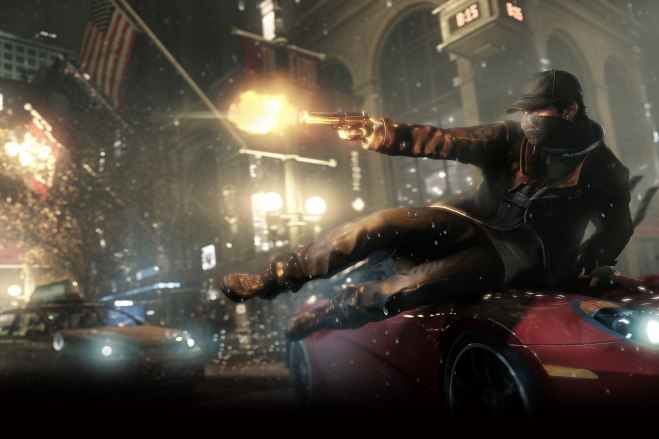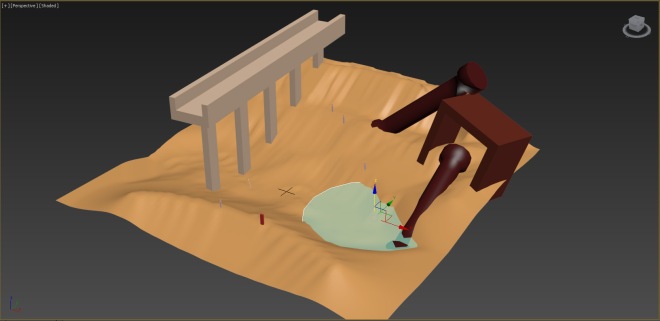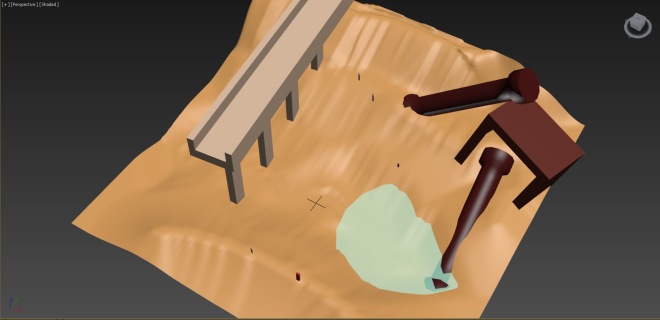Stratego
This is a Two player battlefield strategy, much alike the traditional chess where one has to capture the enemy flag (the king in chess), but the difference is that each player has a set of 40 pieces to place strategically before the game starts. I will go through the gameplay and rules and down to the very core mechanics through this review. There is a lot of different “future” versions available but not much differs in the gameplay but the design. In earlier versions there are a some minor rules differences but they are not mentioned in this analysis.
Gameplay and rules
In this strategy board game two players will face each other from opposite side of the board, from where one player possesses the red pieces and the other will play as the blue pieces, one side would be visible to the player which carries a picture and a number and the back of the piece will face the opponent. Every piece has either a number from 1 to 10, a bomb or a flag. The game board contains of 10*10 square tiles, whereas two 2*2 tiles in the middle of the board can’t be entered (the lakes) and also serve as choke points as you are forced to move around them.
Each player has to plan, set the tiles and fill their end of the board behind the lakes before the game starts, and the red player will start the game.
Each player moves one piece each turn, if a piece meets an opponent the player have to reveal the correspondent piece, the piece with the higher number will win against the lower number, if the pieces have equal numbers then they both will be picked off the board, but there are also exceptions;
First is the piece with number 10, also called a “marshal”, can be killed by a spy (piece number 1) but only if the spy attacks first, at the same time the spy cannot kill any other player (but himself of course), and the marshal can also be killed by a bomb.
The second is the piece with number 3 which is the miner, this one is the only one that can deactivate the bombs, otherwise the bomb finishes off every other piece.
The piece with number 2 is called a scout, this piece can move across numerous tiles in a straight line.
The first one to capture the enemy flag wins, however… if a player can’t move any piece, which will be when every movable piece has been taken out, the player loses the game.
The games core mechanics
Movements
This is one of the main core systems of the game as moving and placing your “checkers” is the way to proceed, this is the only way to find the opponents flag. This is also a turn based game where each player has to make his move and also plan for the next move to make.
Capture/eliminate (search and destroy)
This is the main goal of the game, to capture the enemy flag. To do that the player has to figure out where the flag is being hidden and start clearing the way to the flag. There is a side role here too, if the marshal is spotted, the spy will have a mission to kill him as he is the strongest piece on the game board
Risk and reward
The placement of the flag or bombs follow with risks, if a lot of bombs are in the same place there is a chance that the flag is there too. But also the way to fool an enemy by moving your checkers away from the flag would leave the flag vulnerable but at the same time could distract the opponent. The position of the flag on the map does also come with risk, either you place it at the front lines or further back. Trickery becomes a safety measure as this game puts you on your guard through the whole gameplay, sometimes it helps to have a good poker face.
Battle system
This gameplay is a lot similar Chess. But here the player places his own checkers wherever desired before starting the game, this is part of the strategic planning. I would not call this much of a battle system, even though each piece carries a number and each higher number would take out the lower number, this would not be the complex battle system we would discuss because it’s pretty simple.
The most interesting systems of this game
I would say that the most interesting system would be the Risk and reward system. This evolve to more than only taking risks, but this would at the same time effect the planning you make as you start to make new assumptions regarding the opponents flag location, or revealing the position of your own flag, even if you are bluffing. As you can see this involves you as a person a bit more into the game, whereas you have to make sure that you won’t give away your position you will start to lure your opponent away or coming up with a strategy to making the opponent move more pieces in one area to reveal bomb positions (as the players can’t move these pieces).
This also promote other factors like memorizing opponent pieces, as this come to be very vital when you want to know where the Marshal is so that you can attack it with your spy. Getting rid of the marshal would be a great advantage, as most of the other pieces won’t be able to bring it down.
The goods and bad´s about Stratego
When I first saw the thick manual I was a bit unmotivated, but as soon as we read the rules and how to play it became clear that it would not be that hard, the lack of motivation turned into curiosity. The game was fast to adapt due to the simple rules and the ability to manually set up your own strategy.
I researched the game (as usual), and I came across information about it and how long back it can be traced, so Stratego is a “Upgraded” version of the traditional Chinese board game “Jungle” (I do not know how much of that is true), the difference now from then is that the pieces where animals and they where visible to both of the players. Today’s version in my opinion is a lot more exciting as you do not know what the opponent has in store for you!
As this game is a two player game it does not take too much time to play through one game and one can quickly go for a rematch.
I tried to think of something bad about this game but actually its well balanced and thought through. So i guess it has everything on its plus side.
The target group interpretation
I would say that this is a game for 8+, as the rules are pretty simple to understand and how the battle system works. There is no difficulties understanding the map layout either as it is pretty good illustrated and easily readable (as it contains to “puddles” in the middle and the rest is pretty much green tiles). , or where and how to place the pieces. Sure this can sometimes call for strategic planning but this would not necessarily mean that two 8 year old would be at a disadvantage when playing against each other.
Summing it up
As you may have noticed by this analyze is that the game is not that complex and really easy to learn. The first round we played it I just placed the tiles wherever not thinking about anything but the flag position. We decided to play through the first round pretty fast just to get to know the game, I lost the game there and quickly started to plan for a new strategy. Starting the next round I started to plan every step, memorized the opposing pieces and then I started the advance, I was thinking chess and it actually helped out a bit in the gameplay. I think that the choice to not make the battle system too complicated was a big plus in this board game, this would promote the core gameplay even more and that would be the “Capture the flag” system. This system makes the player concentrating more on where to find the flag than concentrating on how to actually battle, the higher defeats the lower is a reasonable rule, but it is also balanced well enough to not make the highest piece invincible making a bomb disable it or a spy. All in all this game was the one I liked the most out of the previous ones I analyzed. As the player is the one to set up the game board, “Stratego” gain a lot more replay-ability, a player can easily come up with a new strategy and start the game all over again.
Different strategies can be made and I realized that there is not only one way to win this game, if you play aggressive enough you can take out all the movable pieces belonging to your opponent and making the player unable to move. I think that it is interesting how one cane win in two different ways, as most games concentrate on who would get the highest scores or who crosses the finish line first being able to win the game in different ways makes the player more vulnerable and thus adding further tension to the gameplay. As one get closer to the end of the game it becomes more and more exciting and it can also become pretty loud! A great game indeed!


















 We can also imagine a lot of these small wooden baskets that often carries fruit etc. Now i would have wanted a bit more detail on these models, maybe find other ways to make them look professional, but the thing is that i still don’t possess all the knowledge i would have wanted for this. As I am still learning how to get around in the 3DS sofrware,
We can also imagine a lot of these small wooden baskets that often carries fruit etc. Now i would have wanted a bit more detail on these models, maybe find other ways to make them look professional, but the thing is that i still don’t possess all the knowledge i would have wanted for this. As I am still learning how to get around in the 3DS sofrware,


 Sci-fi
Sci-fi


